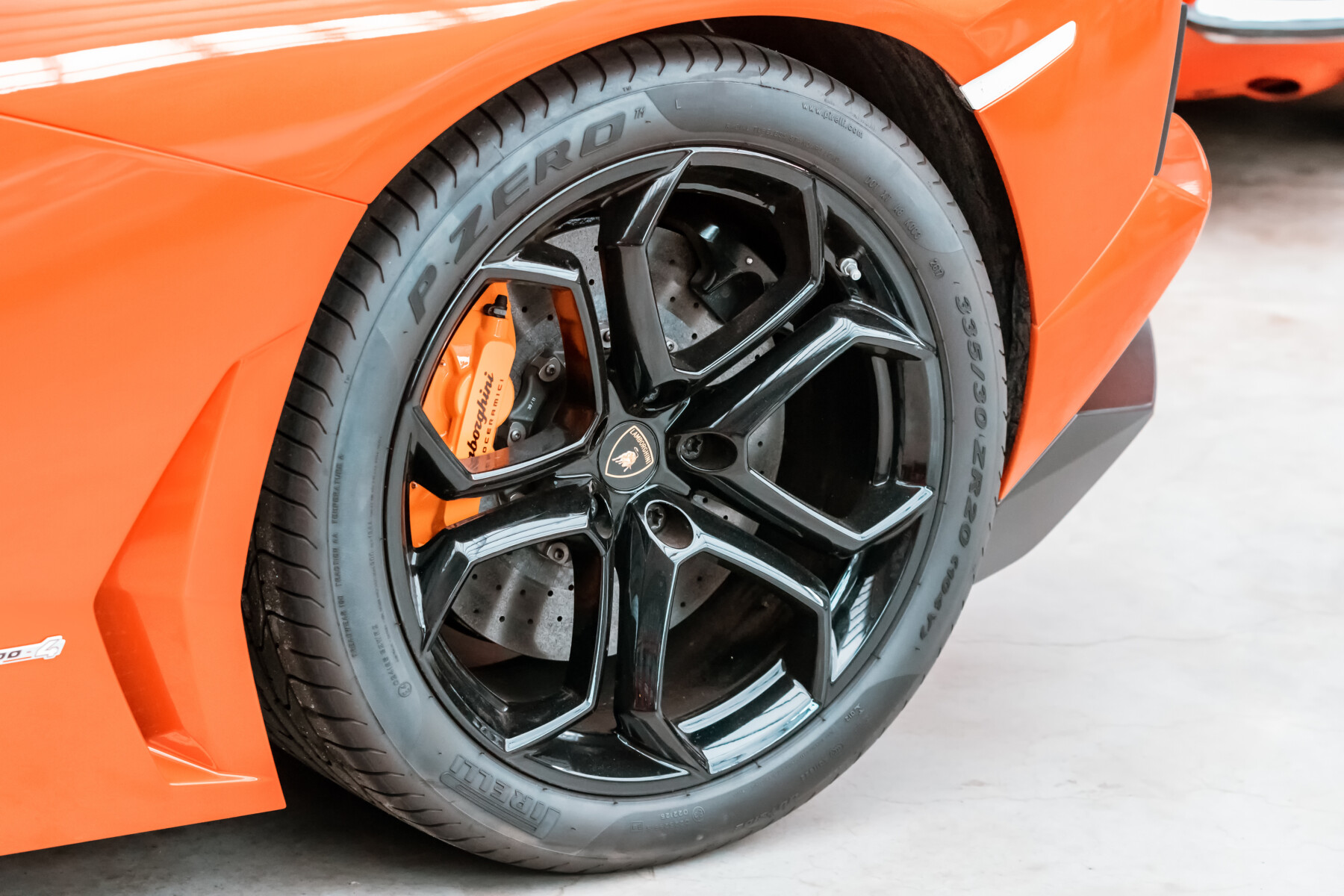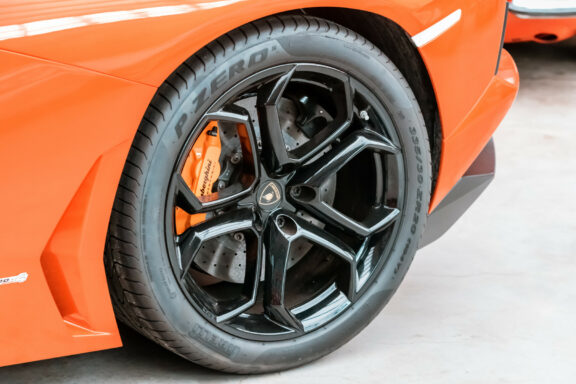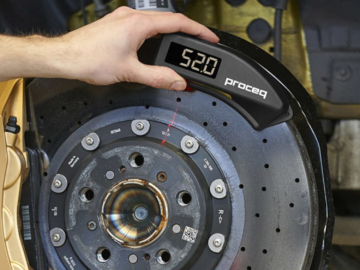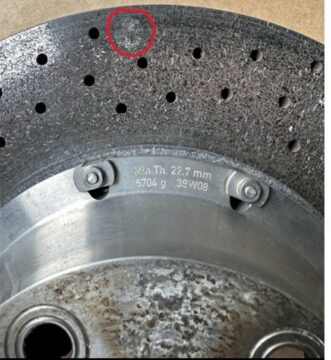Are Carbon Ceramic Brake Disc Worth It?
To answer this question, you need to understand how the braking system really works and how Carbon Ceramic discs improve your perfomance. When you press the brake pedal hydraulic fluid is pushed down the pipes to the brake calipers. These, therefore, celebrate pairs against the brake disc which makes you stop. If the disc is made of steel, which is cheaper. Steel is heavy and is not the best to dissipate heat and causing poorer braking performance. What happens is that they release gases and gases for a layer between the braking surface, And that reduces the friction and ability to stop.
Try to heat the steel and a piece of carbon. You will quickly feel the difference. Once the steel disc is getting hotter and hotter, the braking distance is getting longer and longer. Why is that? When steel iron gets got, this causes the rotors to expand and deform (you can get braking roughness). If you test a carbon ceramic disc that conducts heat and its performance is getting better and better. The brake remains sharp, they do not sting, and do not smell. Carbon ceramic brakes give you extra safety and stopping power. The main problem is the costs that can go over 5.000 EUR. If you are interested in testing you can see very good demonstration here.
Why is a Carbon Ceramic brake disc so expensive?
Let’s now break down the price of Carbon Ceramic Discs.
- Material: Carbon ceramic material is way more expensive in comparison to steel.
- Carbon ceramic use higher-quality fasteners
- Manufacturing process. Steel discs tend to take 1,5 h to produce. Production for Carbon Ceramic discs takes 3 weeks.
- Carbon ceramic discs have Low volume batch sizes and low-volume parts.
What are the other qualities of carbon ceramic discs?
Carbon ceramic discs have so many advantages that an average owner does not even know them.
- No brake fade and consistent brake feel which is very important on the track.
- Weight saving. Iron discs are in average 2,2x the weight of Carbon Ceramic brake discs which means you can reduce the weight of the car by 36 kg.
- Density: Iron has 7,3 g/cm3 and Carbon Ceramic has 2,3 g/cm3
- An Aluminium bell is used on Carbon Ceramic Rotor. On the I
- iron rotor you have an iron bell.
- Rotational inertia: The more mass the car has and the further the mass is from the axis of rotation the more rotation inertia that objects has and that impacts the performance of the car.
- Unsprung mass. A heavier tire and brake combination has more inertia and takes more time to react. If the car is lighter then the unsprung mass lower and the car reacts better (you can improve the grip and control wheel movement is better).
- Carbon ceramic brakes are also more dimensionally stable.
- Less brake dust. Brake dust can also damage the surface of your wheel. Carbon ceramic can reduce brake dust by up to 90 %.
- No corrosion on the Carbon Ceramic disc.
- Exclusive look. For those who want their car to stand out from the crowd, this is one way to achieve your car look fantastic
- Longer life, but of course depends on your way of driving. If you often visit the track, you will have to replace it sooner or later.
Here is an video that discuss a lot of advantages of Carbon ceramic disc.
When to change carbon ceramic brake disc/rotor?
The biggest problem is that users usually do not know when Carbon ceramic discs need to be changed. Sometimes they feel it, sometimes the disc’s weight is below the minimum weight, they can squeal or they can see some damage on the carbon ceramic brake disc. If you do not know when the disc should be changed, pay a visit to a mechanical workshop they can inspect the disc. Be also aware there exists a device that can measure up the quality of the discs and it is called Carboteq.
If you have any questions, feel free to write us or give us a call.



